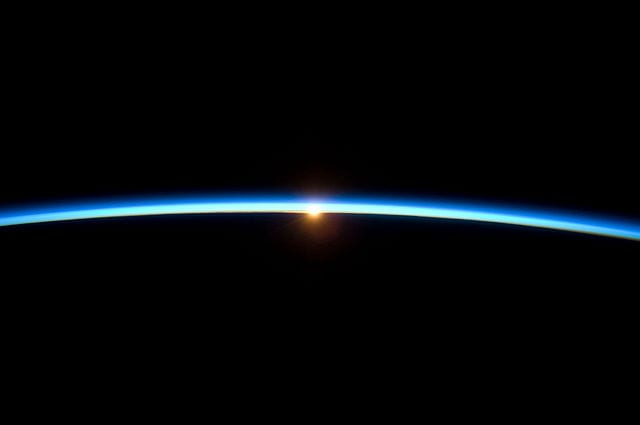
Are there other planets out there like Earth?
Very likely so. Here’s some recent research out of Brigham Young University, prominently featuring Professor Darin Raggozine:
“How many Earth-like planets exist in the universe?”
As often happens, I can’t help but think in this context of a passage from the Pearl of Great Price:
“And worlds without number have I created; and I also created them for mine own purpose; and by the Son I created them, which is mine Only Begotten. . . .
“But only an account of this earth, and the inhabitants thereof, give I unto you. For behold, there are many worlds that have passed away by the word of my power. And there are many that now stand, and innumerable are they unto man; but all things are numbered unto me, for they are mine and I know them.
And it came to pass that Moses spake unto the Lord, saying: Be merciful unto thy servant, O God, and tell me concerning this earth, and the inhabitants thereof, and also the heavens, and then thy servant will be content.
And the Lord God spake unto Moses, saying: The heavens, they are many, and they cannot be numbered unto man; but they are numbered unto me, for they are mine.
And as one earth shall pass away, and the heavens thereof even so shall another come; and there is no end to my works, neither to my words.” (Moses 1:33, 35-38)
It’s vitally important for their habitability, though, that planets have atmospheres. And not all do:
What about ours?
Our terrestrial atmosphere is an exceedingly thin envelope or film surrounding Earth. Perhaps somewhat more than 99% of our air exists within a region no higher than thirty kilometers (or approximately eighteen miles) above sea level. Earth’s radius — the distance from its center to its surface or circumference — is 6400 kilometers (somewhat less than 4000 miles), which means that the thickness of that oxygenated region of our atmosphere is a bit less than 0.5% of earth’s radius.
In fact, though, humans can’t survive beyond just a short distance above sea level. Federal regulations require the use of supplemental oxygen by pilots who fly more than 30 minutes at cabin pressure altitudes of 12,500 feet (roughly 3.8 kilometers) or higher. And at cabin altitudes above 14,000 feet (somewhat more than 4.25 kilometers), pilots must use oxygen at all times.
The phrase thin blue line is somtimes used to refer to the role of the police, who hold chaos at bay and thus permit order and civilization to flourish. The term could perhaps be used even more appropriately to describe the function of our atmosphere, which allows not only civilization and order but sheer physical survival.










